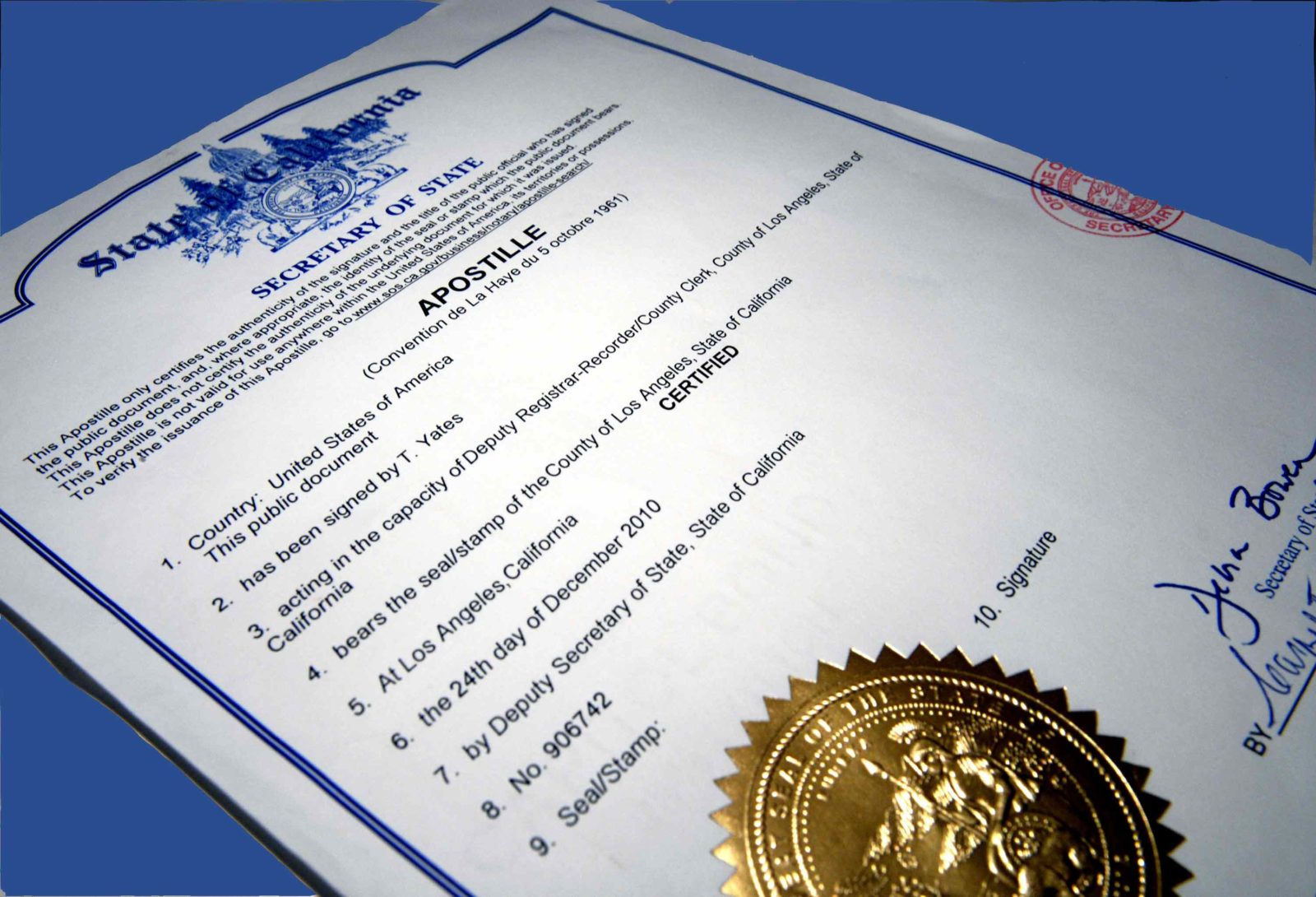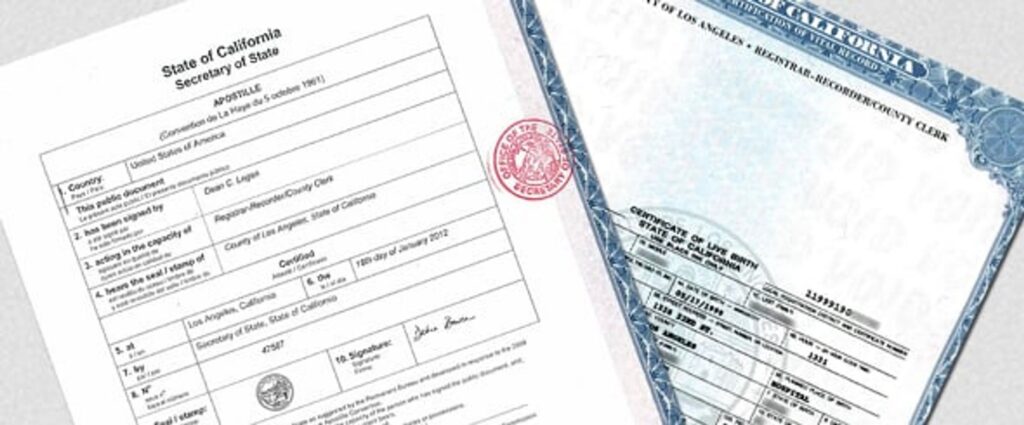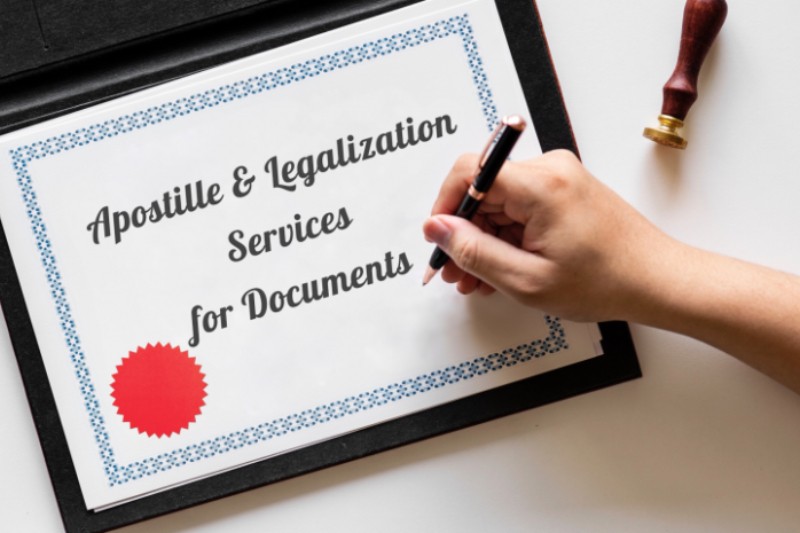
How to Apostille a Document in California: 10 Tips for a Smooth Process
In the realm of international document verification, the apostille process stands as a critical procedure for authenticating documents for use in countries that are members of the Hague Apostille Convention.
Particularly in California, where the diversity and international connections necessitate frequent use of this process, understanding the intricacies of how to successfully apostille a document is paramount. This article aims to demystify the process, offering valuable insights and tips to ensure a seamless experience.
Understanding Apostille

Before delving into the specifics of the process in California, it’s essential to grasp what an apostille is. An apostille is a form of authentication issued to documents for use in countries that participate in the Hague Convention of 1961.
This special certification confirms that a document is legitimate and authentic, thus eliminating the need for further verification by the foreign country’s embassy or consulate.
Initiating the Process in California
The journey to apostille a document in California begins with ensuring that the document in question is eligible for this form of authentication.
Common documents that often require an apostille include birth certificates, marriage certificates, death certificates, powers of attorney, and educational documents, among others.
It’s crucial to verify that the document is in its original form or a certified copy issued by a competent authority. Learn more about apostille documents at Onesourceprocess.com.
Tip 1: Verify Eligibility and Requirements

The first step is to confirm whether your document is eligible for an apostille and understand the specific requirements that may apply.
The California Secretary of State’s office, which is responsible for issuing apostilles, provides detailed guidelines on the types of documents eligible and the prerequisites for each. Ensuring your document meets these criteria can save you time and effort down the line.
Tip 2: Obtain a Certified Copy
If the document you intend to apostille is not in its original form, obtaining a certified copy from the issuing authority is essential. For instance, a birth certificate would need to be obtained from the county clerk’s office where the birth was registered. It’s important that the copy is certified, as notarized photocopies are not acceptable for the apostille process in California.
Tip 3: Understand the Role of Notarization
For certain documents, such as powers of attorney or company documents, notarization may be a prerequisite before they can be apostilled. In these cases, it’s crucial to have the document notarized by a California notary public. Ensure that the notary follows all the proper procedures, including the correct notarial wording and the inclusion of their commission expiration date.
Navigating Through the California Secretary of State’s Office
The California Secretary of State’s office is the authority that issues apostilles in the state. Understanding how to navigate this institution’s procedures is key to a smooth apostille process.
Tip 4: Choose the Right Processing Channel

The California Secretary of State offers both mail-in and in-person services for apostille requests. Your choice between these options should be guided by factors such as the urgency of your request and your ability to visit one of the office locations in person. While mail-in requests may be more convenient for some, in-person submissions can lead to quicker processing times.
Tip 5: Prepare the Request Form and Fee
Completing the appropriate request form accurately and preparing the necessary fee are crucial steps. The form requires specific information about the document being apostilled and your contact information.
As for the fee, ensure you’re aware of the current rate, as fees can change. Checks or money orders payable to the Secretary of State are commonly accepted forms of payment.
Tip 6: Package Your Documents Carefully
When sending your documents, whether by mail or in person, ensure they are packaged securely and organized in a manner that makes it easy for the processing staff to understand your request.
Include your completed request form, the document(s) to be apostilled, and the payment in one package. If you’re mailing your documents, consider using a trackable shipping method for added security.
Anticipating and Addressing Potential Challenges
Even with careful preparation, you may encounter challenges during the apostille process. Being prepared to address these challenges can help minimize delays and frustrations.
Tip 7: Verify Document Acceptance by the Destination Country

It’s imperative to confirm that the destination country will accept an apostille from California. While most countries participating in the Hague Convention will, there may be specific requirements or exceptions. Checking with the intended country’s embassy or consulate can provide clarity and prevent potential issues.
Tip 8: Seek Professional Help if Needed
If you find the process overwhelming or encounter complex issues, consider seeking help from a professional apostille service or legal professional with experience in document authentication. Their expertise can navigate the intricacies of the process and address any challenges effectively.
Tip 9: Keep Communication Channels Open
Throughout the process, maintain open lines of communication with the California Secretary of State’s office and any other involved parties. Should there be any issues or additional information required, prompt and clear communication can expedite the resolution.
Tip 10: Stay Informed About Processing Times
Understanding and anticipating processing times is crucial for a smooth apostille process in California. Processing times can vary based on a number of factors, including the volume of requests the Secretary of State’s office is handling and the specific channel (mail-in or in-person) through which you submit your documents.
Staying informed about current processing times, which can be found on the California Secretary of State’s website or by contacting their office directly, will help you plan your submission accordingly and set realistic expectations for when your documents will be ready.
Conclusion
Apostilling a document in California, while detailed, doesn’t have to be daunting. By understanding the process, preparing thoroughly, and approaching potential challenges with patience and resourcefulness, you can navigate the apostille process successfully.
Remember, the key to a smooth process lies in meticulous preparation, adherence to guidelines, and a proactive approach to addressing any issues that may arise. With these tips in mind, you’re well on your way to ensuring your documents are authenticated for international use with minimal hassle.
